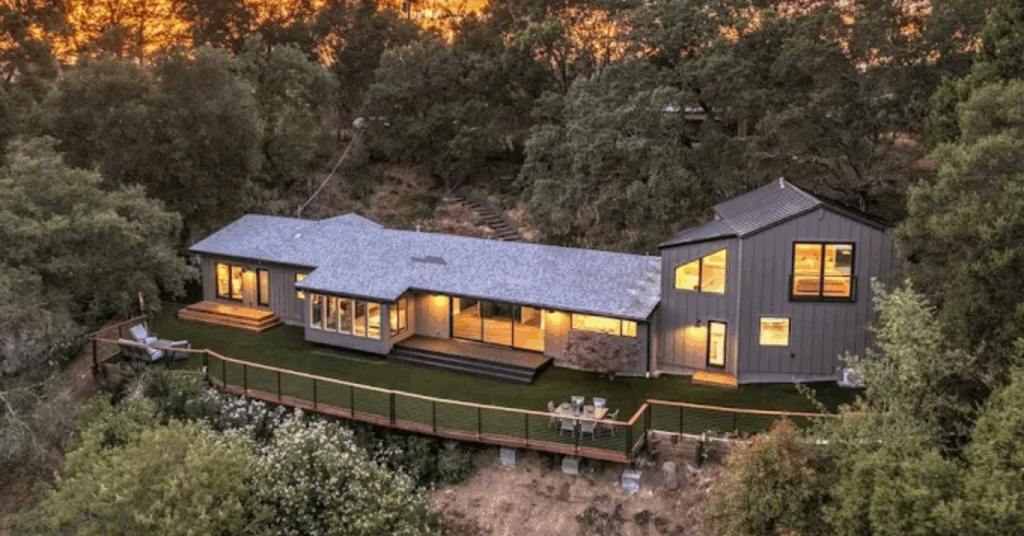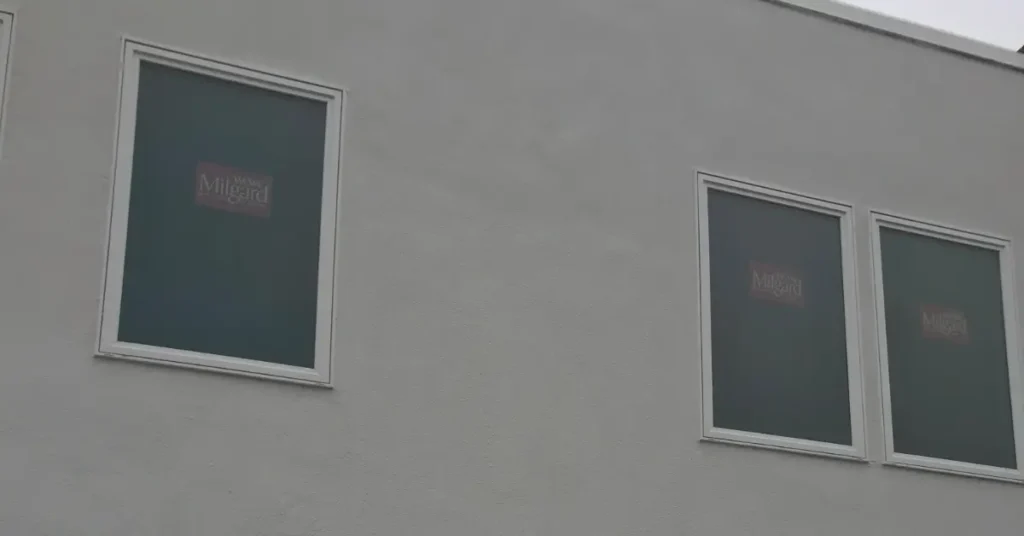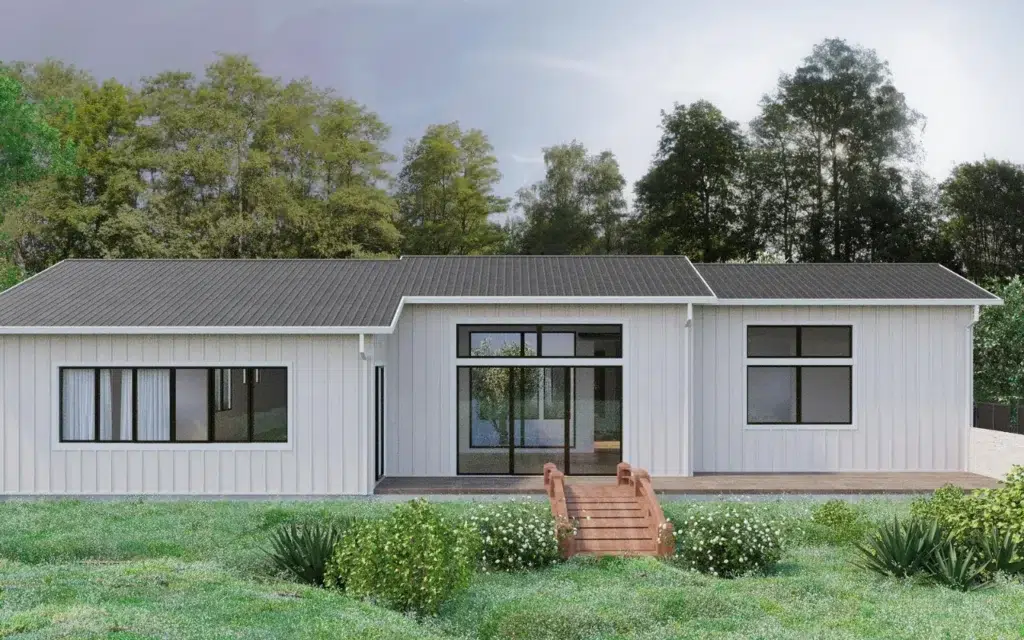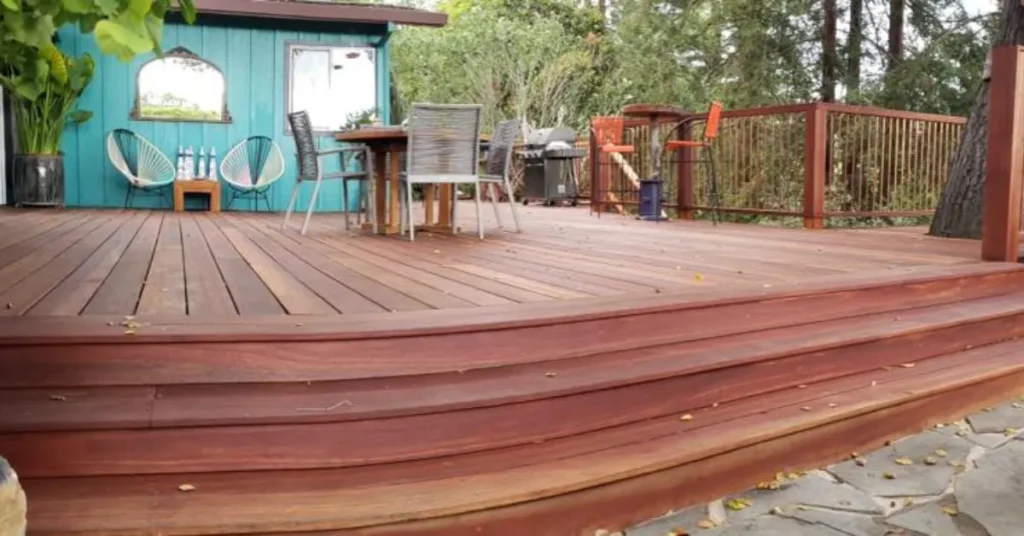Accessory Dwelling Units (ADUs) have emerged as a compelling solution. ADUs, essentially secondary housing units on a single-family residential lot, offer flexibility and innovation in meeting housing needs. But amidst the buzz surrounding ADUs, one question lingers: Can an ADU truly serve as a primary residence?
Defining ADUs
Firstly, let’s clarify what exactly ADUs are. These units, also known as granny flats, backyard cottages, or secondary suites, come in various forms. They can be attached to the primary residence, detached structures, or even conversions of existing space like a garage or basement. Essentially, ADUs are additional living quarters independent of the primary dwelling, equipped with their own kitchen, bathroom, and entrance.
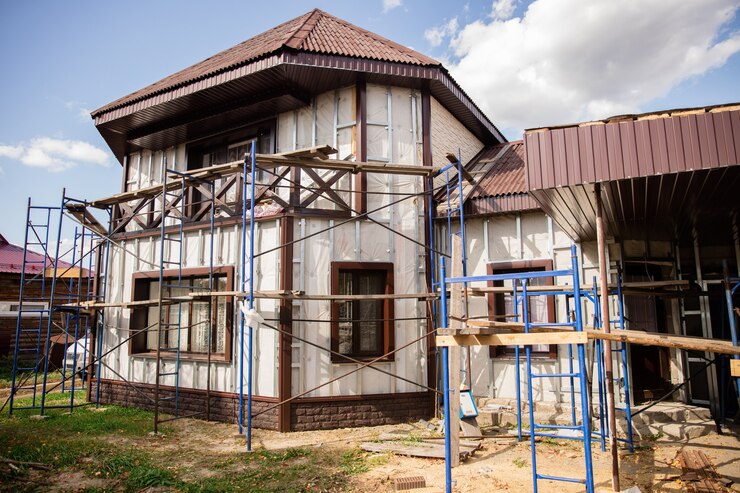
Explaining the Concept of Primary Residence
Now, let’s delve into the concept of primary residence. Your primary residence is typically the dwelling where you spend the majority of your time and have your legal address. It holds significant implications for taxes, mortgage rates, and other financial matters. Many factors contribute to determining a primary residence, including where you’re registered to vote, where you receive mail, and where you have your driver’s license.
Posing the Question: Can an ADU Serve as a Primary Residence?
Now that we understand both ADUs and primary residences, the question naturally arises: Can an ADU fulfill the role of a primary residence? This query isn’t just about semantics; it touches upon zoning laws, legal definitions, and the practicalities of daily living. Let’s embark on a journey to explore the feasibility and implications of using an ADU as a primary residence.
Understanding ADUs
Types of ADUs (Attached, Detached, Conversion)
ADUs come in a variety of forms, each with its own unique characteristics. Attached ADUs are seamlessly integrated into the primary residence, often as an extension or addition. Detached ADUs, on the other hand, stand alone on the property, offering more privacy and independence. Then there are conversion ADUs, which repurpose existing structures like garages or basements into livable spaces. Each type offers its own set of advantages and considerations, catering to different preferences and needs.
Legalities and Regulations Surrounding ADUs
The legality of ADUs varies depending on local zoning laws and regulations. Some areas embrace ADUs as a means to address housing shortages and promote density, while others impose strict restrictions. Understanding the legal framework governing ADUs in your area is crucial before embarking on any construction or conversion project.
The Rise of ADUs in Response to Housing Needs
In recent years, ADUs have gained traction as a practical solution to housing challenges. With rising property costs and increasing demand for affordable housing, ADUs offer homeowners the opportunity to maximize their property’s potential while providing much-needed housing options. The flexibility and versatility of ADUs make them a valuable asset in addressing the evolving needs of communities.
By comprehending the nuances of ADUs, from their diverse forms to the legal landscape they inhabit, we can better assess their potential as primary residences. Join us as we delve deeper into this intriguing intersection of housing innovation and practical living.
Primary Residence: What It Means
When we talk about a primary residence, we’re not just discussing where you lay your head at night. It’s a legal and financial cornerstone that holds significant implications for homeowners.
Legal and Financial Implications of Primary Residence Status
Your primary residence isn’t just where you live; it’s a legal designation with far-reaching financial implications. From tax benefits to mortgage rates, your primary residence status affects various aspects of your financial life. For many homeowners, understanding and maximizing the benefits of primary residence status is essential for long-term financial planning.
Factors Influencing Primary Residence Determination
Determining your primary residence isn’t always straightforward. It’s influenced by a myriad of factors beyond mere physical presence, such as voter registration, mailing address, and even the location of your driver’s license. Navigating these factors can sometimes be complex, requiring careful consideration and possibly even legal guidance.
Importance of Primary Residence for Homeowners
For homeowners, the designation of a primary residence holds both practical and emotional significance. It’s more than just a legal status; it’s a place to call home, to build memories, and to establish roots within a community. Beyond financial considerations, the primary residence represents stability, security, and a sense of belonging.
Can an ADU Serve as a Primary Residence?
Now that we’ve explored the concept of primary residence in-depth, let’s circle back to our initial question: Can an Accessory Dwelling Unit (ADU) serve as a primary residence? To answer this, we need to delve into zoning laws, examine real-life case studies, and weigh the benefits and challenges of ADU living.
Examining Zoning Laws and Regulations
Zoning laws and regulations play a significant role in determining whether an ADU can function as a primary residence. While some areas embrace ADUs as a means to address housing shortages and promote density, others impose strict restrictions that may limit their use as primary residences. Understanding the zoning landscape in your area is crucial for assessing the feasibility of ADU living.
Case Studies of ADUs Being Used as Primary Residences
Real-life examples provide valuable insights into the practicality of using an ADU as a primary residence. By examining case studies of homeowners who have embraced ADU living, we can gain a better understanding of the challenges they face and the benefits they enjoy. These stories shed light on the diverse experiences of ADU residents, offering valuable lessons for those considering a similar path.
Benefits and Challenges of Using an ADU as a Primary Residence
Using an ADU as a primary residence comes with its own set of benefits and challenges. On one hand, ADUs offer increased flexibility, rental income potential, and the opportunity for multigenerational living. On the other hand, logistical challenges such as zoning restrictions, construction costs, and maintenance responsibilities may pose obstacles to ADU living. By weighing these factors carefully, homeowners can make informed decisions about whether ADU living aligns with their lifestyle and goals.
Real-Life Examples
As we delve deeper into the realm of ADUs and their potential as primary residences, real-life examples serve as illuminating guideposts. Let’s explore the stories of homeowners who have embraced ADU living, shedding light on their successes, challenges, and the impact on their communities.
Stories of Homeowners Utilizing ADUs as Primary Residences
Meet Sarah, a homeowner in a bustling urban neighborhood. Faced with rising housing costs and a desire for additional income, she decided to convert her garage into a cozy ADU. Now, Sarah enjoys the best of both worlds – a primary residence with the added benefit of rental income from her ADU.
Then there’s John and Maria, a retired couple seeking to downsize without leaving their beloved neighborhood. They opted to build a detached ADU in their backyard, allowing them to maintain their ties to the community while enjoying a simpler, more manageable living space.
Successes and Challenges Faced by Individuals Living in ADUs
While many homeowners find great success in utilizing ADUs as primary residences, it’s not without its challenges. From navigating zoning laws to managing tenant relationships, ADU living requires careful consideration and planning. Yet, for those who embrace the opportunity, the rewards can be immense – from increased financial security to a stronger sense of community connection.
Impact on Community and Neighborhood Dynamics
The proliferation of ADUs can have a profound impact on community and neighborhood dynamics. By providing additional housing options, ADUs contribute to greater housing affordability and diversity. They foster multigenerational living arrangements, promote sustainability by maximizing land use, and strengthen social ties within neighborhoods. However, concerns about parking, privacy, and density also warrant careful consideration to ensure that ADUs enhance rather than detract from the fabric of communities.
Considerations for Homeowners
As you contemplate the possibility of utilizing an ADU as a primary residence, several key considerations come into play. From financial implications to legal and zoning considerations, understanding the various facets of ADU living is essential for making informed decisions.
Financial Implications of Using an ADU as a Primary Residence
Building or converting an ADU involves significant upfront costs, from construction expenses to permit fees. However, the potential for rental income or increased property value can offset these costs over time. Understanding the financial implications of ADU living is crucial for budgeting and long-term financial planning.
Legal and Zoning Considerations
Navigating the legal and zoning landscape surrounding ADUs can be complex and varies widely depending on location. Some areas have embraced ADUs as a means to address housing shortages, while others impose strict restrictions on their construction and use. Before embarking on any ADU project, it’s essential to research and comply with local regulations to avoid costly legal issues down the road.
Maintenance and Management of ADUs as Primary Residences
Owning an ADU comes with additional responsibilities for maintenance and management. From ensuring compliance with building codes to addressing tenant needs, managing an ADU requires time, effort, and resources. Homeowners must be prepared to take on these responsibilities or enlist the help of property management services to ensure the smooth operation of their ADU.
By carefully considering these factors, homeowners can make informed decisions about whether ADU living aligns with their lifestyle, goals, and community values. As we continue to explore the potential of ADUs as primary residences, let’s keep these considerations in mind and strive to create vibrant, inclusive communities where everyone has a place to call home.
Q&A Section
Can I legally use my ADU as my primary residence?
Yes, the legality of using your ADU as a primary residence depends on local zoning laws and regulations. Some areas have embraced ADUs as a means to address housing shortages, while others impose strict restrictions. It’s crucial to research and comply with local regulations to ensure legal compliance.
How do I ensure my ADU meets zoning requirements for primary residence use?
To ensure your ADU meets zoning requirements for primary residence use, familiarize yourself with local zoning ordinances and regulations. These may include restrictions on size, setbacks, parking, and occupancy. Consulting with a local zoning official or professional can help ensure compliance with these requirements.
Are there any tax benefits to using my ADU as a primary residence?
Yes, there may be tax benefits to using your ADU as a primary residence. Depending on your jurisdiction, you may be eligible for property tax exemptions, deductions for mortgage interest, and depreciation deductions for rental income. Consult with a tax advisor to understand the specific tax benefits available to you.
What are the pros and cons of living in an ADU versus a traditional home?
Living in an ADU offers several advantages, including increased rental income potential, flexibility in accommodating family members or guests, and the opportunity for multigenerational living. However, ADU living may also come with challenges such as limited space, zoning restrictions, and maintenance responsibilities.
How can I finance the construction or conversion of an ADU for primary residence use?
There are several financing options available for the construction or conversion of an ADU. These may include personal savings, home equity loans or lines of credit, government-sponsored loan programs, and construction loans. Additionally, some homeowners choose to finance ADU projects through rental income generated by the primary residence or the ADU itself.
Conclusion
In conclusion, the viability of ADUs as primary residences depends on various factors, including local regulations, financial considerations, and personal preferences. As we’ve explored throughout this guide, ADUs offer a promising solution to housing challenges, providing flexibility, affordability, and the opportunity for innovative living arrangements. We encourage homeowners to further explore and consider the potential of ADUs in meeting their housing needs. Whether you’re seeking to maximize your property’s potential, accommodate family members, or generate rental income, ADUs offer a world of possibilities. Continue your journey of discovery to unlock the full potential of ADUs as primary residences.

